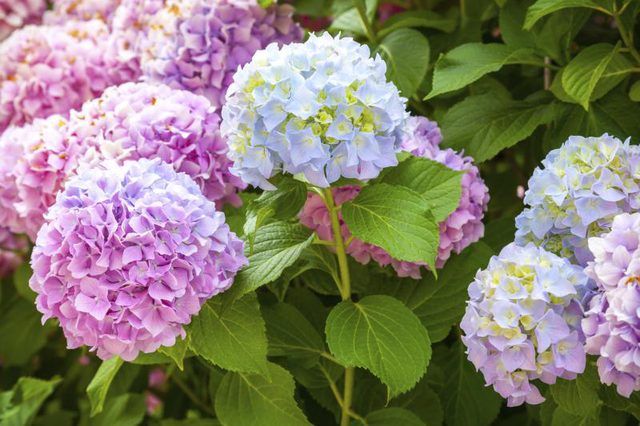Bulbs
Flower Basics
Flower Beds & Specialty Gardens
Flower Garden
Garden Furniture
Garden Gnomes
Garden Seeds
Garden Sheds
Garden Statues
Garden Tools & Supplies
Gardening Basics
Green & Organic
Groundcovers & Vines
Growing Annuals
Growing Basil
Growing Beans
Growing Berries
Growing Blueberries
Growing Cactus
Growing Corn
Growing Cotton
Growing Edibles
Growing Flowers
Growing Garlic
Growing Grapes
Growing Grass
Growing Herbs
Growing Jasmine
Growing Mint
Growing Mushrooms
Orchids
Growing Peanuts
Growing Perennials
Growing Plants
Growing Rosemary
Growing Roses
Growing Strawberries
Growing Sunflowers
Growing Thyme
Growing Tomatoes
Growing Tulips
Growing Vegetables
Herb Basics
Herb Garden
Indoor Growing
Landscaping Basics
Landscaping Patios
Landscaping Plants
Landscaping Shrubs
Landscaping Trees
Landscaping Walks & Pathways
Lawn Basics
Lawn Maintenance
Lawn Mowers
Lawn Ornaments
Lawn Planting
Lawn Tools
Outdoor Growing
Overall Landscape Planning
Pests, Weeds & Problems
Plant Basics
Rock Garden
Rose Garden
Shrubs
Soil
Specialty Gardens
Trees
Vegetable Garden
Yard Maintenance
How to Plant Hydrangea Trees
How to Plant Hydrangea Trees. Hydrangeas add rich green foliage and a pop of colorful flowers to the landscape. Most hydrangea varieties grow as shrubs or vines, and the panicle hydrangea (Hydrangea paniculata) and bigleaf hydrangea (Hydrangea macrophylla) are the only two common varieties that can grow as trees. Panicle hydrangeas grow best in...

Hydrangeas add rich green foliage and a pop of colorful flowers to the landscape. Most hydrangea varieties grow as shrubs or vines, and the panicle hydrangea (Hydrangea paniculata) and bigleaf hydrangea (Hydrangea macrophylla) are the only two common varieties that can grow as trees. Panicle hydrangeas grow best in U.S. Department of Agriculture plant hardiness zones 4 to 7. Bigleaf hydrangeas tolerate USDA plant hardiness zones 5b through 9a. The best times to plant are spring and fall. They bloom from summer to fall but may not bloom after freezing winter and spring temperatures in cold northern climates.
Planting Area
Hydrangeas can grow in full sun or partial shade. In hot climates in the southern United States, however, hydrangeas do best with some shade during the hottest part of the afternoon. The buds of sensitive bigleaf hydrangea varieties can be damaged by freezing weather or sudden temperature changes. Experts at Auburn University College of Agriculture recommend planting on an eastward or north-facing slope to provide more consistent temperatures in climates with unpredictable spring freezes. Panicle hydrangea trees may grow as tall as 25 feet and as wide as 20 feet, so make sure to give them enough space to reach these dimensions.
Soil Preparation
Hydrangeas grow best with good soil drainage. If your soil is overly dense or nutrient-poor, plan on adding some compost when filling in the planting hole. A soil pH between 5 and 5.5 will result in blue flowers, while a pH of 6 or above causes pink flowers. Lime will raise the soil pH, while sulfur will lower it. Before plants flower in the spring, you can add a gallon of water with a tablespoon of dissolved alum (aluminum sulfate) in March, April and May to get blue flowers or a tablespoon of lime in a gallon of water to get pink ones.
Planting Your Tree
Dig a planting hole as deep as the hydrangea's root ball and 2 or 3 feet wider. If the soil is poor, you can amend the soil removed from the hole with 25 percent to 50 percent compost, peat, or other organic matter before replacing it. Place the hydrangea in the hole, and fill the hole halfway with soil. Water the soil to help it settle around the plant roots before filling the hole the rest of the way and watering again.
Moisture Needs
To help the soil stay moist, apply 2 to 4 inches of mulch to the surface of the ground after planting. Keep the mulch a few inches from the trunk of the plant. Hydrangeas do best with consistently moist soil and need at least an inch of water per week during warm summer months. When it does not rain an inch, provide supplemental irrigation.
Fertilizer Application
Panicle hydrangeas do well with fertilizer applied once in April and once in June, while bigleaf hydrangeas prefer slightly smaller but more frequent applications in March, May and July. An all-purpose fertilizer, such as a 10-10-10 or 12-4-8 ratio fertilizer will work well. Experts at Auburn University's Department of Horticulture recommend applying 1 pound per 100 square feet of soil per year, divided up into separate applications. For example, panicle hydrangeas would require 1/2 pound per 100 square feet of soil in April and then another 1/2 pound in June. You can also get more specific hydrangea fertilizer recommendations from a laboratory following soil nutrient testing.